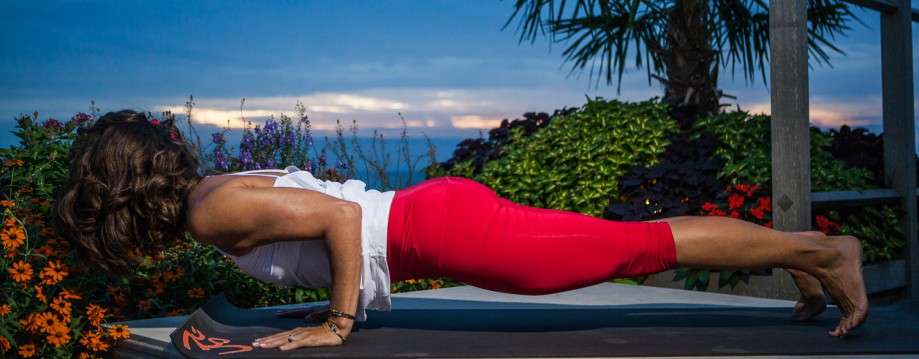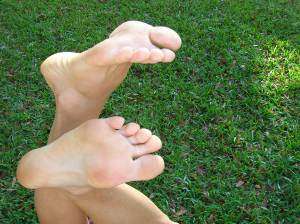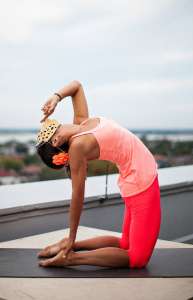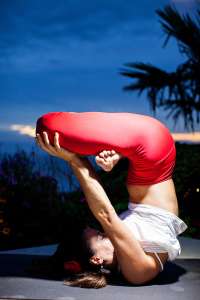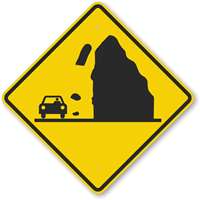Not all journeys require a plane ticket. Some journeys are taken in the soul of a person. They never have to leave their current life to have this journey. It happens inside the life they are already living. This is my story with regards to India. I have never been and I don’t know if I’m going to get there. There is this feeling that I am missing out and that I am not as respected inside the yoga community, because I haven’t been to India. I’m not blaming anyone for these feelings, they are more than likely self implied feelings of inadequacy. But none the less, they are my feelings.
Many of the Ashtanga yogi’s I know have traveled to India, some even more than once. Most made the trek there to study with the late Pattabhi Jois, of Mysore. I have always wanted to go, but have had numerous reasons not to. Some of those reasons are that I am quite fearful of flying, I have never had enough time and money to go for the prerequisite 1-3 month implied time frame, and I am incredibly sensitive to seeing the suffering of animals. Everything I have read and seen of India shows stray dogs and cats running in the streets with their ribs showing. Even some of the cows I have seen photos of seem to be suffering of starvation, even though cows are considered sacred in India. I don’t think I have the strength to see these things and not be broken to pieces by them. I became vegetarian instantaneously, here in the states, by seeing one semi-tractor trailer of chickens being transported for slaughter. My home currently has 3 cats, two dogs and two parrots living in it. And every evening I take care of 3 feral cats in my neighborhood, and this is America. If I go to India, who knows how many animals or children I would want to bring home. Because of these things, I have not journeyed to India but I have been taking a different kind of journey; the journey of what to do with my feelings of inadequacy.
There seems to be a bit of a divide in the Ashtanga community; there are those that received Pattabhi Jois’s blessing to teach the system, and there are those that didn’t get that blessing before he passed. Just because I didn’t make the many trips necessary to receive this blessing does this make me any less dedicated or deserving than those that have? Am I missing out on some sort of spiritual epiphany? Do we have to leave our lives to find ourselves, or to gain permission? It seems that my dharma is to study here in the states, with my teacher, Tim Miller. Since I practice yoga I have had many spiritual epiphanies without having to go to India. Could India create more or different epiphanies? I’m sure it could, but life really is what we make it. I am taking a journey to India, it just looks different than most people’s. I’m making it a journey inward to the place inside myself where the desire to go to India exists.
Photo taken by Vatsa Shamana. Vatsa was a student of mine from Mysore, India. He took this picture on a recent trip home.
How am I taking this journey? Well I am studying first and foremost with Tim Miller. He has taken over 18 treks to India, and he was given Pattabhi’s blessing. I have been reading about India and yoga for years now. I am seeking out the wisdom of others and I am doing the most important thing of any journey, which is the study of the self – svadhyaya.
I’m still struggling with that feeling I get when trying to find my place in the Ashtanga community. There is a sort of chronological order to things which I think should be considered, such as Pattabhi studied and taught for 80 years, Tim has studied and taught for over 33 years and I have studied and taught for over 13 years. Though I never experienced India first hand, I have tried to experience it through reading many wonderful books about India. For years now I have been listening to Tim tell stories of India and Pattabhi Jois. I continue to honor Ashtanga yoga as it has been taught from teacher to student; Pattabhi to Tim, and from Tim to me. That’s as direct a path I figured I could get without going straight to the source. It has been what has worked for me. I am proud of my dedication. I am proud of my unwavering belief that Ashtanga yoga is a great way to make my life better.
Through the years of studying the sutra’s I have learned a few things. A great bit of advice from the sutra’s comes from the niyama’s. The niyama’s are about how do I interact with myself. One of the ways to better understand that is self-study, svadhyaya. Svadhyaya has helped me look more closely at why I have felt inadeqaute. What this self-study has made me realize is that we all take different paths and there are many different mountains for us to climb. A very dear friend of mine has climbed Mount Everest. He speaks of the Northeast Ridge being one the harder climbs to the top. There are many faces of a mountain that you can climb to get to the top. I think staring down my own feelings of inadequacy has been like climbing that Northeast ridge. I have had to make peace with myself time and time again about feeling like I am looked down upon by other yogi’s for not making the journey to India.
I have also had to confront my feelings of jealousy to those that have found a way to make the trek to India. There is a sutra that reminds me how best to embrace others. If I do this, then I am at peace. Sutra 33, chapter 1 Maitri karuna muditopeksanam sukha duhkha punyapunya visayanam bhavanatah citta prasadanam – The mind becomes serene when it cultivates friendliness in the presence of happiness, compassion in the presence of unhappiness, joy in the presence of virtue, and equanimity in the presence of error. If my fellow ashtanga yogi’s are also letting the sutras guide them in life then it should be abundantly clear that they would not judge me based on whether or not I have been to India, and that they should really not judge me at all. So if they are not judging me, then how do I escape the feelings of “You’re not good enough”?
I escape these feelings by doing another practice. The times I have wanted to walk away because the road was getting rough are too numerous to count. But what tells me I am deserving of respect with or without a stamp on my passport, is that I haven’t walked away. That I haven’t given up, instead I have given in. I believe there is a big difference between giving up and giving in. Giving in means softening, to become more malleable, to adapt, to adopt new patterns and philosophies, to keep going inward a.k.a. svadhyaya! But giving up means you walk away. “When the road gets rough, the going get tough” and every practice I do when I’m tempted to walk away makes me tough, resilient and deserving of respect. The only real respect I need is self-respect. I respect myself greatly and I’ve gained most of that respect from not quitting. I know that I am authentic, honest and that I live yoga instead of just doing yoga. My yoga filters into everything I do and I didn’t need to go to India to get to this place. This place was already inside me. I just needed to journey inward. Every time I stand on mat and chant the invocation, I invoke Krishnamacahrya, Pattabhi, Tim, India and my own inner guru. I’m accumulating a little more dust on my lotus feet. The feet are the symbolism of the journey and so far I’d say that my journey has been pretty great right here in my own back yard.
Years ago when I was thinking about moving I asked my teacher Tim “Where should I go.” I said “I want to move somewhere where Ashtanga yoga is popular and booming.” and he said “Why don’t you go somewhere it’s not and bring it to life.” That’s what I have been trying to do for 8 years now in Charleston, SC. It has been a long, slow process, but right now I think we have a pretty darn great community, even if it is small. I appreciate each and every person that loves the practice as much as I do here in my small town some 7,000 miles away from India. The story goes that Krishamacharya daksha (payment) to his teacher was that he had to go out into the world and be a householder and teach yoga. I felt like Krishnamacharya when Tim said why don’t you take the road less traveled and bring Ashtanga yoga to people who haven’t experienced it. It’s what I’ll be doing today, tomorrow, and the day after that. It’s not easy, but if Krishnamacharya didn’t quit, Pattabhi didn’t quit, and Tim hasn’t quit, then neither will I. Even when it’s hard and I am feeling inadequate I just do what they have all done before me. Practice, Practice, Practice. As my teacher says “the only thing that removes doubt is experience.” I have that, 13 years strong. Today will be no different. “Ommmmmmm. Vande gurunam charanaravinde….
Share this:
- Facebook
- Email
- Print
- LinkedIn
Like this:
Like Loading...

